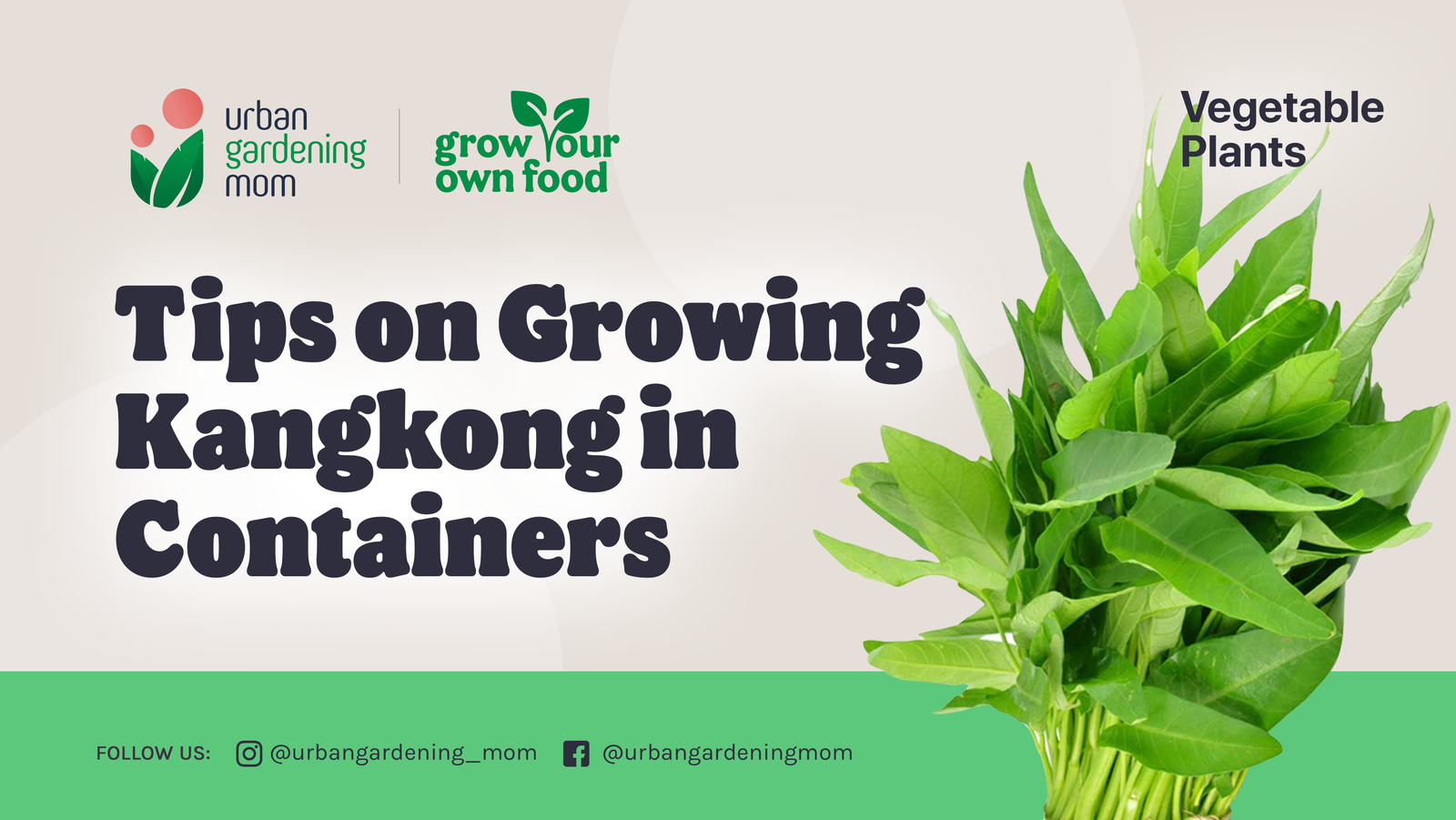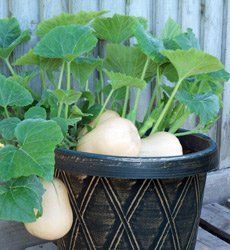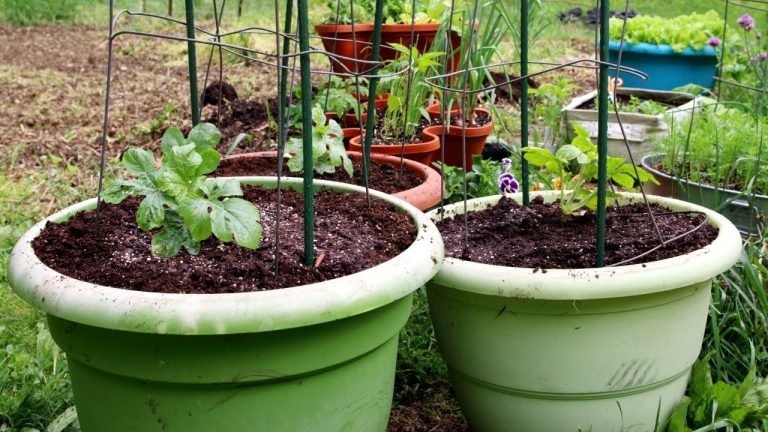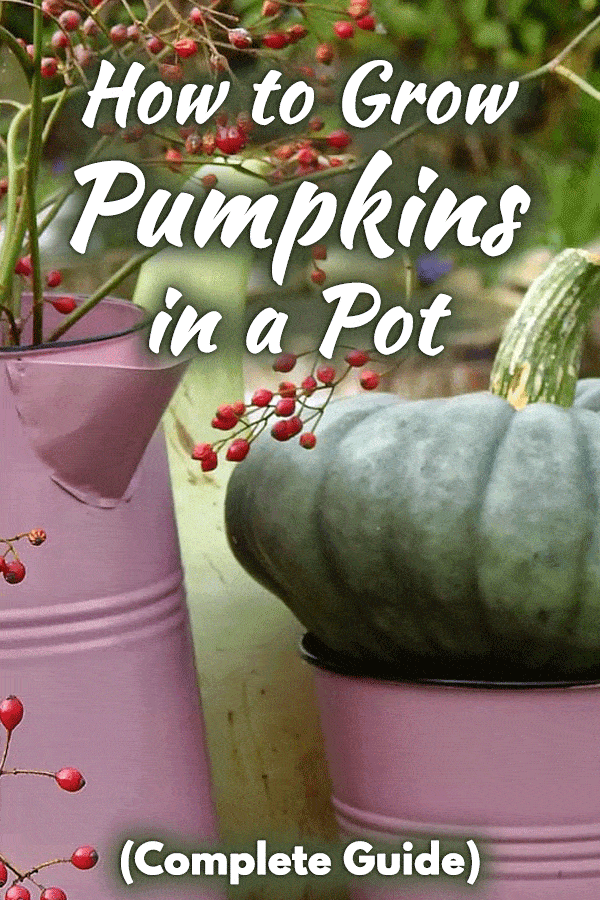how to grow kangkong in a pot – [Beginners Guide]
Hello! Are you someone who’s looking for an easy to grow, tasty, and nutritious vegetable that you can cultivate in your own home? Well, then kangkong is the perfect option for you! Kangkong, also known as water spinach or swamp cabbage, is an aquatic vegetable that grows well in pots. In this article, I’m going to share with you my personal experience on how to grow kangkong in pots and why it’s a great idea to do so.
Growing kangkong in pots has numerous benefits. For one, it’s incredibly easy to maintain, as all you need is a pot with good drainage, quality soil, and water. And the best part is, you don’t need a large outdoor space, as kangkong grows well even in small pots. Secondly, it’s a fast-growing vegetable that can be harvested in just 30-40 days, which means you’ll have fresh produce in no time!
Additionally, kangkong is rich in vitamins and minerals such as iron, calcium, and vitamin C. It’s also low in calories, making it a great choice for those watching their weight. And let’s not forget, it has a delicious, slightly bitter taste that adds a unique flavor to any dish.
So, if you’re looking to add some green to your home, or want to grow your own fresh produce, then growing kangkong in pots is definitely worth considering. I hope this article will provide you with all the information you need to get started.
Pot or container selection
Choosing the right pot is crucial for growing kangkong at home. Kangkong is an aquatic plant, so the pot must have good drainage and hold enough water to keep the roots of the plant moist. Here are a few things to keep in mind when selecting the right pot for your kangkong plants.
Size and Capacity: A pot with a diameter of at least 12 inches and a depth of 6-8 inches is recommended for growing kangkong. This size of pot can hold enough soil and water to support the growth of the plant. It’s important to note that the size of the pot should be proportional to the size of the plant, as kangkong can grow up to 2-3 feet tall in a single season.
Pot Construction: The pot should be made of a material that is durable and can withstand exposure to water, such as plastic, fiberglass, or ceramic. The pot must also have good drainage holes at the bottom to prevent waterlogging and root rot. The material and construction of the pot should also be light enough to allow easy movement and placement in different areas to receive adequate sunlight.
In summary, when selecting a pot for growing kangkong, choose a pot that is at least 12 inches in diameter and 6-8 inches deep, made of a durable material with good drainage holes, and is lightweight for easy movement. With the right pot, you will be on your way to a successful kangkong harvest!
Make suitable soil mix
Soil is a crucial component for growing kangkong at home. The right type of soil and soil composition can ensure optimal growth and health of your kangkong plants. Here are some important factors to keep in mind when selecting the right soil mix for your kangkong plants.
Type of Soil: Kangkong is an aquatic plant, so it grows best in a soil mix that retains moisture and provides good drainage. A good soil mix for growing kangkong would be a combination of peat moss, vermiculite, and perlite. These components help retain moisture, provide good drainage, and ensure proper aeration of the soil, which is essential for healthy root development.
Soil Composition: The soil mix should be loose, fluffy, and well-draining. Avoid using heavy soil mixes, such as clay or garden soil, as they can retain too much water and lead to root rot. A soil pH between 5.5 and 7.0 is ideal for kangkong growth. You can adjust the pH of the soil mix by adding lime or sulfur, depending on the needs of your plants.
In conclusion, the right soil mix for growing kangkong is a combination of peat moss, vermiculite, and perlite, with a loose, fluffy consistency and a pH between 5.5 and 7.0. With the right soil, you’ll be able to provide your kangkong plants with the perfect growing environment for optimal growth and health.
How to plant the kangkong?
Growing kangkong in a pot at home is a simple and rewarding process. With the right soil, pot, and a little bit of care, you can have fresh and tasty kangkong in no time! Here is a step-by-step guide to planting kangkong in a pot at home:
- Prepare the Pot: Fill the pot with the prepared soil mix, leaving about 2 inches of space at the top of the pot. Make sure the pot has good drainage holes at the bottom.
- Plant the Kangkong: Dip the roots of the kangkong cutting in rooting hormone powder, shake off the excess, and plant it in the soil mix, making sure that the top of the cutting is just above the soil level. Repeat this process with as many cuttings as desired, spacing them about 6-8 inches apart in the pot.
- Water the Plant: Water the kangkong immediately after planting and keep the soil consistently moist. Make sure not to over-water, as this can lead to root rot.
- Provide Adequate Sunlight: Place the pot in an area with bright, indirect light, avoiding direct sunlight. Kangkong prefers to grow in bright, indirect light and can struggle in too much direct sun. Turn the pot regularly to ensure that all sides receive an equal amount of sunlight.
- Fertilize: Fertilize the kangkong once a month with a balanced water-soluble fertilizer to encourage growth and promote healthy leaves.
With these simple steps, you can successfully grow kangkong in a pot at home. Enjoy fresh and delicious kangkong with your family and friends!
How to care for kangkong?
Caring for Kangkong in a Pot at Home
Watering Requirement
Kangkong is an aquatic plant and requires consistent moisture to grow properly. It’s important to keep the soil consistently moist, but not waterlogged. Here are a few tips to help you water your kangkong correctly:
- Frequency: Water the kangkong daily or as often as needed to keep the soil consistently moist.
- Amount: Water the kangkong enough to moisten the entire soil mix but avoid over-watering, which can lead to root rot.
- Method: Water the kangkong directly into the soil, avoiding getting water on the leaves. This can help prevent fungal diseases and leaf spot.
Fertilizer Requirement
Kangkong plants benefit from monthly fertilization with a balanced water-soluble fertilizer. Here are a few tips to help you fertilize your kangkong correctly:
- Type: Use a balanced water-soluble fertilizer, such as a 20-20-20 or similar formula, at half strength.
- Frequency: Fertilize the kangkong once a month, or as recommended on the fertilizer label.
- Amount: Follow the instructions on the fertilizer label for the correct amount to use for your pot size.
Sunlight Needs
Kangkong prefers bright, indirect light and can struggle in too much direct sun. Here are a few tips to help you provide the right amount of sunlight for your kangkong:
- Location: Place the pot in an area with bright, indirect light, avoiding direct sunlight.
- Turning the Pot: Turn the pot regularly to ensure that all sides receive an equal amount of sunlight.
Pruning & Training
Pruning and training can help your kangkong plants grow stronger and more productive. Here are a few tips to help you prune and train your kangkong:
- Pruning: Prune the kangkong regularly to remove any yellow or damaged leaves and to encourage new growth.
- Training: Train the kangkong by tying the stem to a stake or trellis to encourage upright growth and prevent the stem from flopping over.
By following these tips for watering, fertilizing, sunlight, and pruning and training, you can ensure that your kangkong grows strong and healthy in its pot at home.
Common problems
Common Problems with Kangkong in a Pot
Pests & Insects
Like all plants, kangkong grown in a pot at home can fall victim to pests and insects. Here are a few common ones to look out for:
- Aphids: Aphids are small, sap-sucking insects that can damage the leaves and reduce plant growth. Control aphids by washing them off with a strong stream of water or by using an insecticidal soap.
- Whiteflies: Whiteflies are small, white flying insects that can damage the leaves and reduce plant growth. Control whiteflies by using yellow sticky traps or by using an insecticide labeled for whiteflies.
- Snails & Slugs: Snails and slugs can damage the leaves and stems of kangkong plants. Control snails and slugs by handpicking them off the plants, setting out snail bait, or using copper strips around the base of the pot.
Diseases
Kangkong grown in a pot at home is also susceptible to various diseases. Here are a few common ones to look out for:
- Leaf Spot: Leaf spot is a fungal disease that can cause brown spots on the leaves of kangkong plants. Control leaf spot by removing affected leaves, avoiding overhead watering, and providing good air circulation around the plants.
- Root Rot: Root rot is a fungal disease that can occur when the soil is too wet or the pot doesn’t have proper drainage. Control root rot by avoiding over-watering, providing good drainage, and using a well-draining soil mix.
Poor Production
If your kangkong plant is not growing well or producing an adequate harvest, there could be several reasons why. Here are a few common causes of poor production in kangkong grown in a pot:
- Too Much or Too Little Water: Over-watering or under-watering can both reduce plant growth and production. Ensure that you are watering your kangkong properly as discussed in the “Watering Requirement” section.
- Poor Soil: Poor soil mix or poor soil nutrition can reduce plant growth and production. Ensure that you are using a good-quality soil mix and fertilizing your kangkong properly as discussed in the “Fertilizer Requirement” section.
- Too Little Sunlight: Kangkong requires bright, indirect light to grow properly. Ensure that your pot is placed in an area with enough sunlight as discussed in the “Sunlight Needs” section.
By monitoring for pests, diseases, and poor production and taking appropriate action, you can help ensure that your kangkong grows strong and healthy in its pot at home.
Harvesting & storing homegrown kangkong
When to Harvest Kangkong
Kangkong is a fast-growing vegetable and typically ready to harvest in 4-6 weeks after planting. To know when they are ready, look for leaves that are dark green, large, and crisp. The stem should be at least 6-8 inches long and the plant should have a good bushy appearance.
How to Harvest Kangkong
Harvesting kangkong is a simple process. To harvest, simply cut the stem with a sharp knife or scissors, leaving a few inches of stem attached to the plant so it can continue to grow. Repeat the process every 7-10 days, and the plant will produce more leaves for a continuous harvest.
Storing Homegrown Kangkong
To store freshly harvested kangkong, rinse it thoroughly in cold water and drain well. Place the kangkong in a plastic bag, making sure to remove all the air from the bag, and store in the refrigerator for up to 5 days. Before using, rinse it again in cold water to remove any dirt or debris.
Note: Freshly harvested kangkong has a short shelf life and should be consumed or stored as soon as possible to maintain its freshness and flavor.
Growing kangkong in container – Conclusion
Conclusion
Growing kangkong in a pot at home is a great way to enjoy fresh, healthy greens all year round. With the right pot, soil mix, and proper care, you can have a bountiful harvest of kangkong right in your own home. And the best part? You can be sure of the quality of the produce you are eating and save some money on your grocery bill!
In conclusion, growing kangkong in a pot is easy, affordable, and a fun hobby that anyone can try. By following the steps outlined in this guide, you’ll be well on your way to harvesting your own delicious kangkong in no time!
Key takeaways:
- Choose the right pot and soil mix for optimal growth.
- Provide the right amount of water, sunlight, and fertilization.
- Be mindful of common problems and take preventative measures where necessary.
- Harvest and store the kangkong promptly for best results.
So, why wait? Give it a try and enjoy the benefits of homegrown kangkong!






